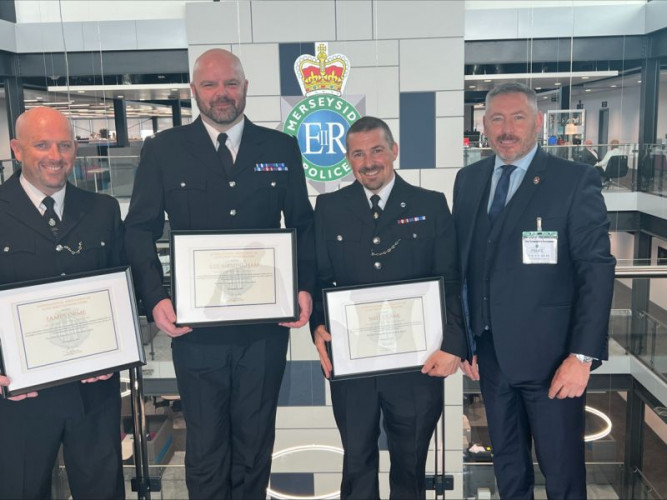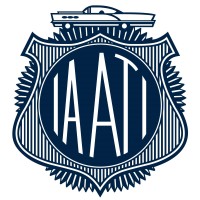Merseyside Police Vehicle Crime Group

This was a intelligence led operation that stemmed from a leading manufacturer identifying a large number of components from their vehicles were being sold online through sources based in and around the Merseyside force area.
The team utilised their knowledge and skills and trawled the various online sales streams, painstakingly checking images of component parts of vehicles for sale for inadvertent retention of covert markings being present in the images and thereafter cross checking through manufacturer back to Vehicle VIN and there after running Police National Computer checks and identifying those that originated from stolen vehicles. This to our knowledge was the first time we were aware of the online marketplaces being specifically targeted in this way and the opportunity taken to trace covert marking and utilising this process to target criminal gangs.
Without doubt this technique/process has had a significant impact in identifying stolen vehicles with the team over a 7-day period successfully identifying 120 vehicles.
The process shows how effective this innovate use of knowledge of markings/ covert markings combined with component parts marking can be if a full-time team were set up to scan and review such sites for sales being within their specific regions and its ability to help reduce vehicle theft through enhancing this vehicle identification process.
“Merseyside Police Vehicle Crime Group carried out opensource research to identify the sale of stolen vehicle parts through online marketplaces. The officers coordinated investigative and operational activity to target people and locations of concern. Over the course of 7 days, and as a direct result of work initiated by the Vehicle Crime Group, the officers identified 120 stolen vehicles.
The vehicles were identified through markings on vehicle parts and subsequent liaison with manufacturers. The vehicle examiners are approved contacts for manufacturers (Law Enforcement Automotive Directory). Some of the parts were identified through images being shared via online marketplaces, but the majority were identified by painstaking methodical work across a range of sites.
The team are currently several days into the examination of another large site. Identifications on this site have been made via the same processes. Unlike the main investigation referenced, chemical treatment will also be used to assist in the current case. This was not relevant in the previous investigation, as part markings were either available or had been completely removed i.e., cut out rather than mechanically altered.”
